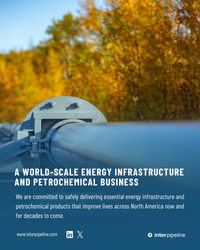U.S. LNG exports via Cheniere Energy’s Sabine Pass LNG export facility are poised to be a major demand driver of the domestic natural gas market in 2017. Pipeline deliveries to the terminal have more than tripled since mid-2016 and are set to climb further as more liquefaction capacity ramps up. With two liquefaction trains already operational, the Federal Energy Regulatory Commission last month approved Train 3 to begin operations and also green-lighted the start-up of Train 4 commissioning. Today, we provide an update of Sabine Pass’s export activity and its potential effect on U.S. gas demand this year.
Exports are a significant and growing driver of the U.S. natural gas supply/demand balance. As our analysis of gas supply and demand data a few weeks back in You Keep Me Hangin’ On showed, gas exports, including pipeline deliveries to Mexico and Cheniere Energy’s Sabine Pass LNG export facility, soaked up 4.2 Bcf/d of U.S. supplies in 2016, 1.3 Bcf/d (46%) more than in 2015. That incremental demand went a long way toward helping offset the effects of a mild winter (from November 2015 to March 2016) that had led the U.S. gas storage inventory to the highest March-ending level in more than five years. In fact, despite gas demand in the power sector setting records in most months in 2016, the biggest increase in demand in 2016 versus 2015 came from exports. For the full year on average, about 0.8 Bcf/d of the increase came from exports to Mexico and 0.5 Bcf/d from Sabine Pass LNG. But by the end of the year, LNG exports were nearly a third of all U.S. natural gas exports. More recently, they’ve grown to be more than 40% of total average U.S. gas exports. And that is the case in spite of exports to Mexico also growing substantially during the same period. As such, LNG exports are expected to be a major contributor to a tighter gas supply/demand balance this year versus 2016.
The Sabine Pass LNG export terminal is one of four brownfield projects currently targeting gas exports from the contiguous United States, and the first of those four to begin operations. The terminal—located on the Gulf Coast near the Texas-Louisiana border in Cameron Parish, LA—will ultimately include six liquefaction trains, each with the capacity to supercool up to 650 MMcf/d of natural gas, turning it into LNG. Sabine Pass eventually will have the capacity to produce 3.8 Bcf/d for loading and shipment overseas. The facility also has 17 Bcf of LNG storage capacity on site.
Join Backstage Pass to Read Full Article









